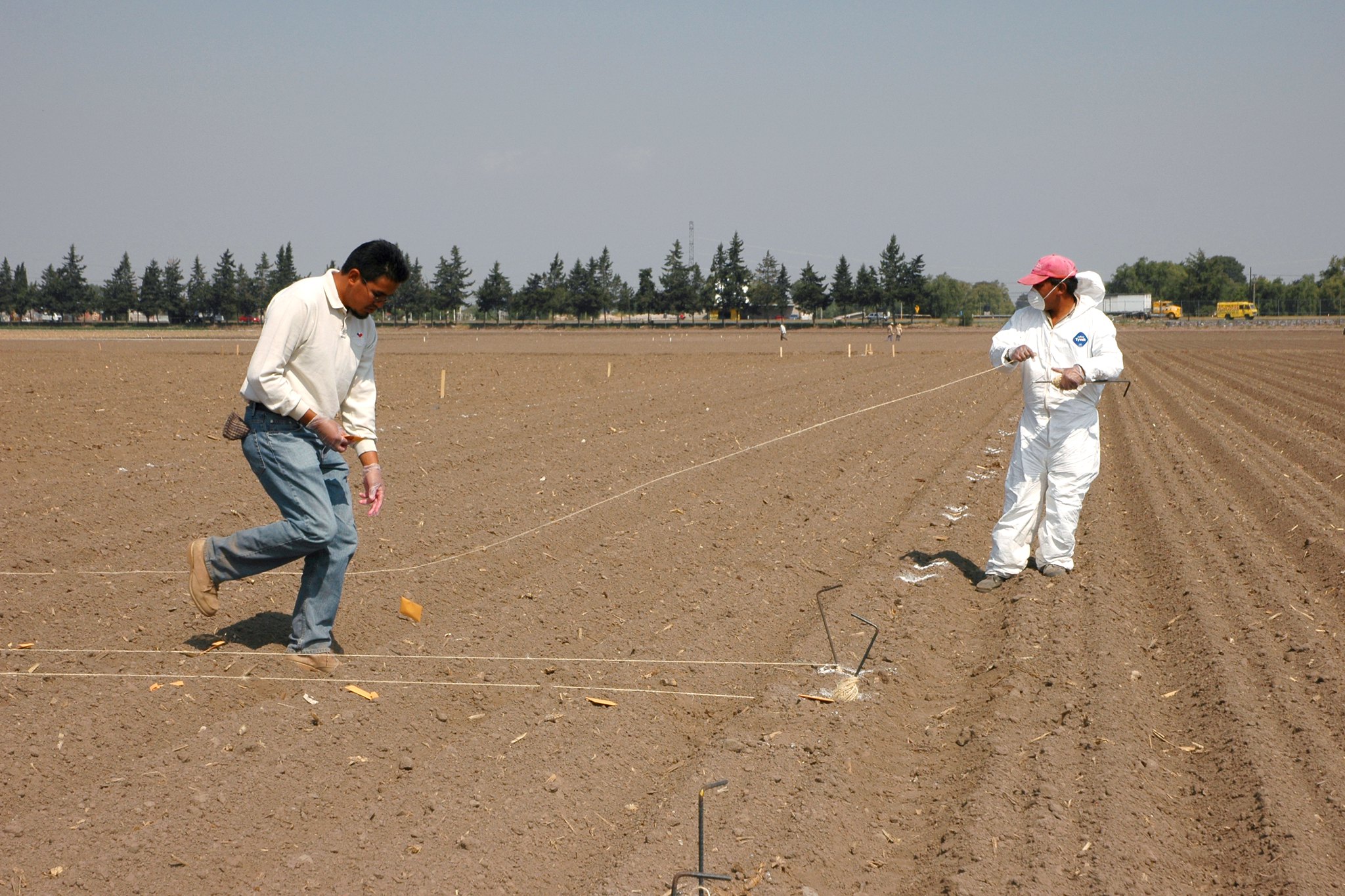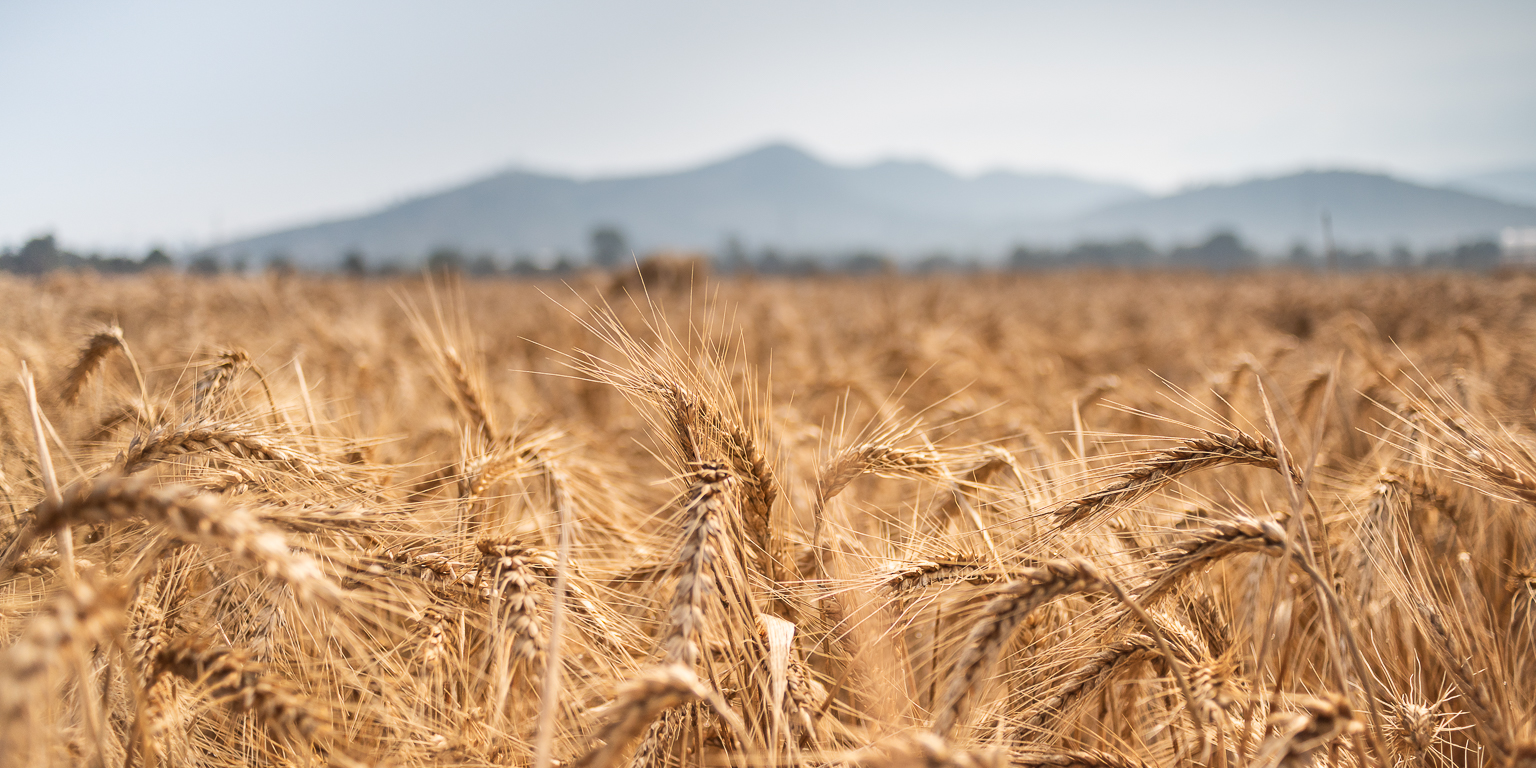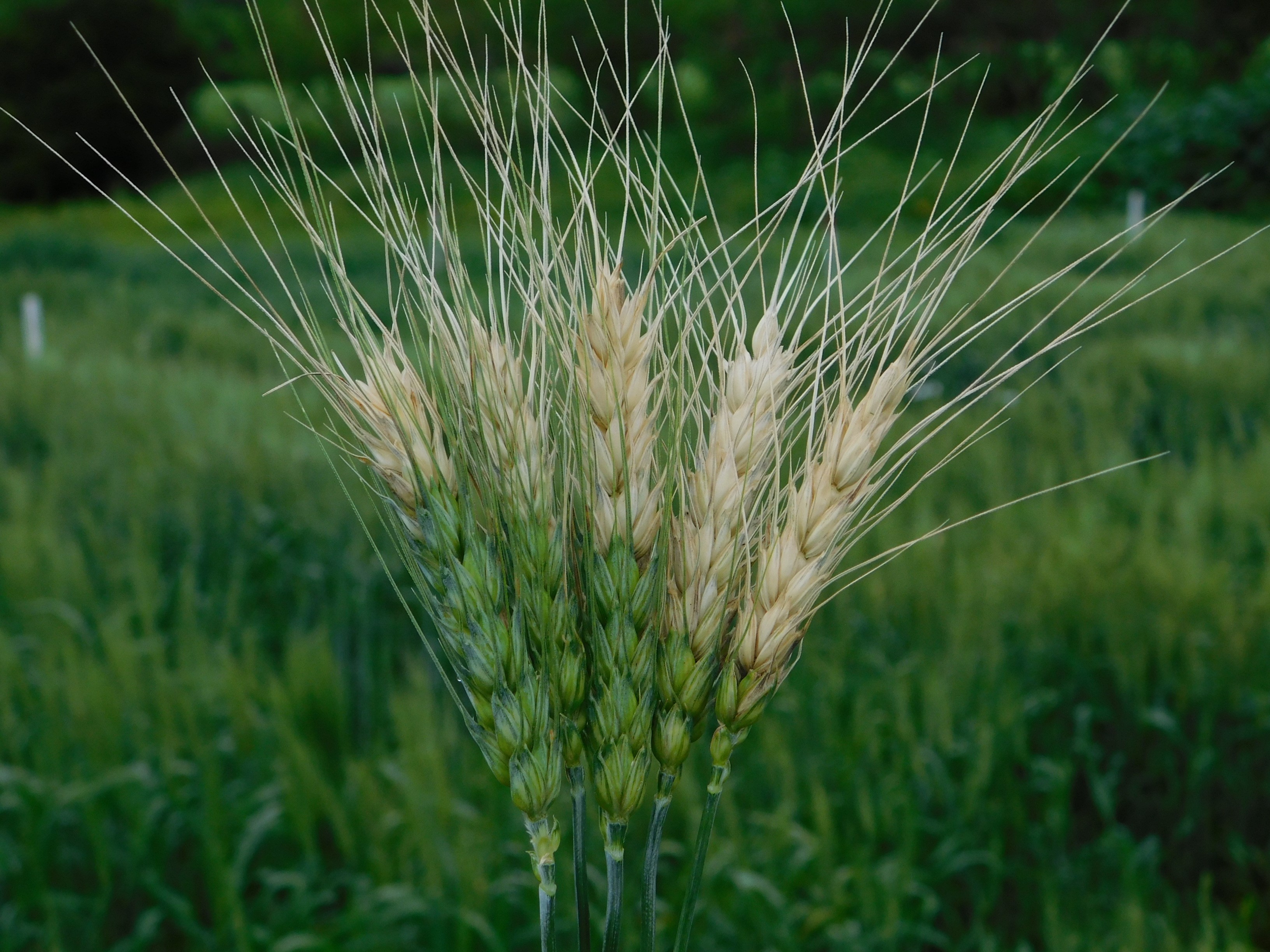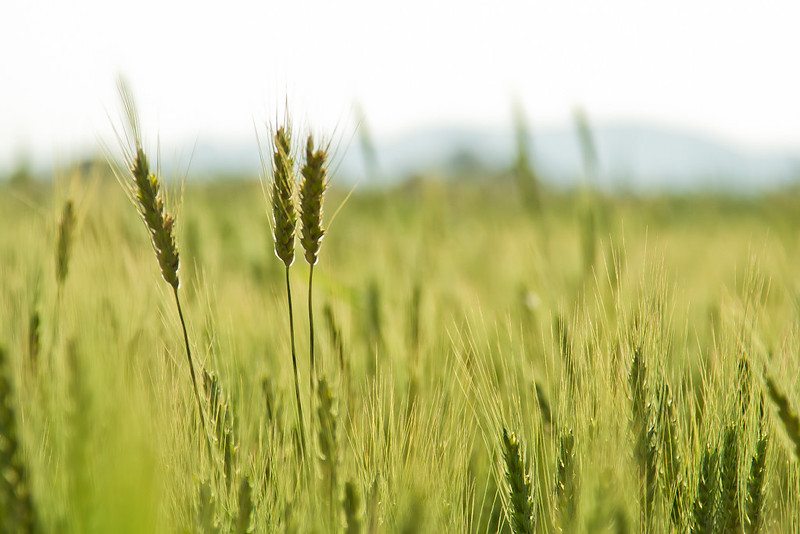
To help feed a growing world population, wheat scientists have turned to innovative technologies like genomic selection to hasten selection for positive traits — such as high grain yield performance and good grain quality — in varieties that are still undergoing testing. Instead of being shackled by the long duration of traditional breeding cycles, genomic selection allows scientists to make predictions regarding which traits will present when crossing two varieties; allowing breeders greater guidance and lessening potential time lost when crossing varieties that do not display potential for genetic gain. To reap the benefits of genomic selection, it is vital that the predictive models employed are as accurate as possible.
Currently, wheat breeders select characteristics like grain yield performance early in the breeding process, while selecting traits like good grain quality at a later stage in the breeding process.
In an article in the journal G3 Genes, researchers from the International Maize and Wheat Improvement Center (CIMMYT), and partners, led by CIMMYT scientist José Crossa along with Leonardo A. Crespo, Maria Itria Ibba and Alison R. Bentley, endeavored to determine if genomic prediction models could select for both characteristics simultaneously in the breeding process. This would improve selection accuracy in both early and later breeding stages, resulting a reduction in time and expense in delivering improved wheat varieties. They also tested the accuracy of a set of specific mathematical corrections applied to genomic predictions. These correction models identify correlations between genomic predictions and observed breeding values, such as increased yield or grain quality.
Considering two or more traits, like grain yield and good grain quality, is an example of a multi-trait model. The team examined this multi-trait model against a single trait model that improves one specific trait. Overall, the researchers found that prediction performance was highest using the multi-trait model.
However, the team also demonstrated that when breeding programs arrive at their genetic predictions, applying a specific correction method will account for differences between the predicted breeding value and the actual observed breeding value. Current correction models tend to underestimate that difference, which results in breeding programs not running as efficiently as possible.
By partnering selections from different stages in the breeding process and examining the resulting genetic predictions through a more appropriate correction model, the team has shown that breeding programs can use this to their benefit in developing and ultimately releasing improved wheat varieties that meet growing yield needs worldwide and respond to abiotic and biotic stressors.

 Environmental health and biodiversity
Environmental health and biodiversity 


